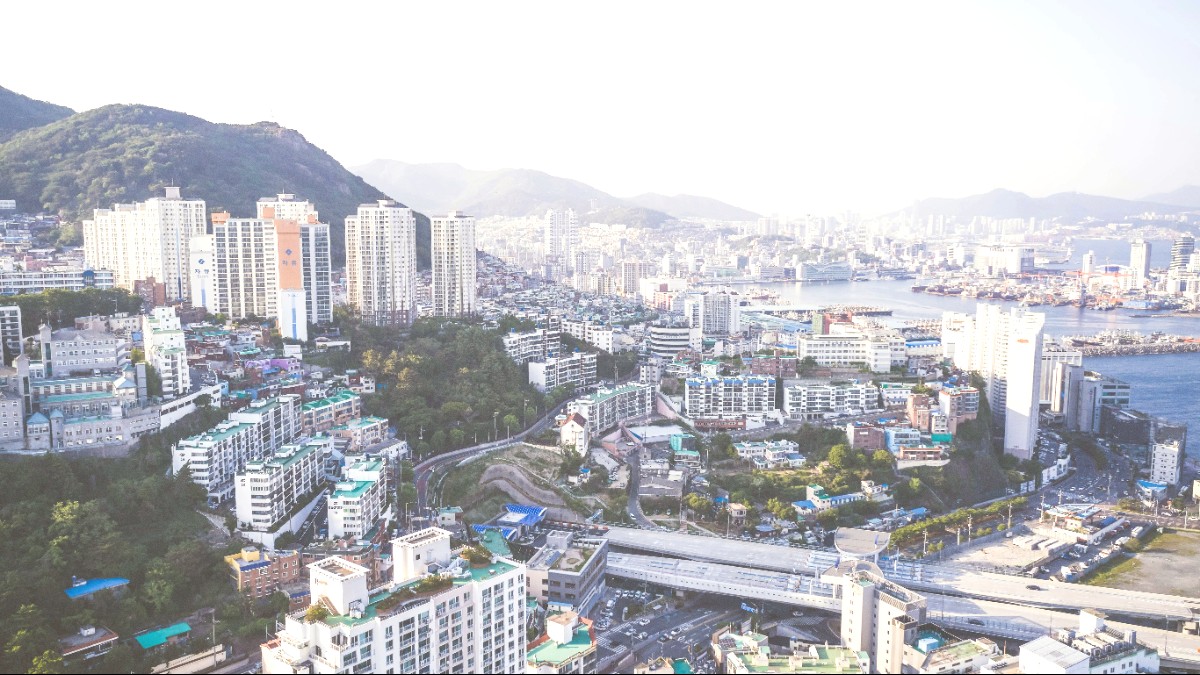
Gyeongsangnam Do, South Korea
Busan's public transport relies mainly on its extensive metro (subway) system and a wide-ranging bus network.
These systems are well-integrated, with convenient connections across the city.
Single-use tickets are available. T-Money card is recommended for discounts and transfers.
Metro runs from 05:00 AM to 00:00 AM. Buses run from early morning until late evening.
Most metro stations include elevators and escalators. Newer buses are often low-floor.
Fast and reliable
Extensive city coverage
Discounts and transfers
Essential for routes
Taxis offer a convenient alternative to public transport, especially for shorter distances, late-night travel, or when carrying heavy luggage.
Requires IDP and home license. Book in advance.
Less common for tourists; generally not recommended.
Available at parks and tourist areas.
Busan is a city of diverse landscapes, many of which are best explored on foot or by bike.
Busan has invested in dedicated cycling paths along rivers and coastal areas.
Scenic and safe experiences.
Nakdong River Estuary area and the Haeundae to Songjeong Beach stretch are popular.
Explore at your own pace.
Dedicated paths offer safety. City roads with heavy traffic may present challenges.
Wear a helmet; obey traffic laws.
Busan offers unique and enjoyable specialized transport options that also serve as attractions.
Busan Air Cruise (Songdo Marine Cable Car) offers panoramic views over Songdo Beach.
Diamond Bay Cruise offers luxury yacht tours with evening views of Gwangandaegyo Bridge.
Efforts for accessible public transport (elevators in metro) and major attractions continue.
For detailed accessibility information, consult specific attraction websites before your visit.
Rely on local navigation apps for real-time public transport and walking directions.